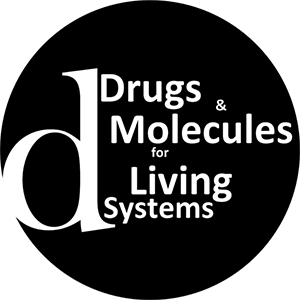New Leads For Tuberculosis – NL4TB project

Team :
- Team Leader: Baptiste Villemagne – Assistant Professor
- Dr Léo Faïon – Postdoc
- Dr Salia Tangara – Postdoc
Collaborators :
- Dr Ruben Hartkoorn, CIIL, Institut Pasteur Lille
- Dr Sushovan Dam, CIIL, Institut Pasteur Lille – Postdoc
Project :
In 2021, tuberculosis (TB) remains a global public health emergency as it is the deadliest infective disease above HIV. Moreover, despite increasing attention from the World Health Organization in the last decades, the global incidence only drops by 2% each year. On the opposite, the proportion of multi-drug resistant (MDR) and extensively resistant (XDR) cases of TB is constantly increasing, and the therapeutic alternatives for the patients with MDR and XDR TB are increasingly limited. In order to meet these therapeutic needs, new antibiotics with novel mechanisms of action are urgently needed. Indeed, apart from bedaquiline and delamanid that have been granted a temporary accelerated approval by the FDA or EMA for the treatment of MDR-TB, all the other drugs in clinical use have been discovered more than 40 years ago. One fundamental difficulty in the treatment of TB is the long therapy duration required for the complete eradication of the bacilli, that can enter a non-replicating state, insensitive to most of the known antitubercular agents.
In this context, the NL4TB project aims at accelerating the development of novel, safe and highly effective new compounds with new modes of action in order to address the threatening issue of MDR- and XDR-TB. To this purpose, two phenotypic screenings have been performed with our unique library of compounds on the wild type strain of Mycobacterium tuberculosis H37Rv, but also on the streptomycin-starved 18b strain, one of the model that mimics the non-replicating state, in order to identify compounds also active on the dormant bacilli. We have identified several original chemical series active on H37Rv which have never been described so far for their anti-infective properties. Two families (NLP and Bztz families) were selected based on their structural novelty and chemical tractability for early structure-activity relationship studies (eSAR). Regarding the screening on ss18b, we identified a family of compounds (ATU family) that is also active on H37Rv, and was also advanced for eSAR.
Preliminary medicinal chemistry work led to structure-activity and structure-property relationships in the three chemical series, highlighting more promising activities and physicochemical properties for the NLP family. In parallel, isolation of resistant mutants was successfully achieved for the NLP family. Whole Genome Sequencing led to the identification of the essential pathway likely targeted by these compounds.
The main goals of the NL4TB project are first to optimize the NLP family to produce a lead compound for in vivo validation, and to validate target engagement. NL4TB also aim at identifying the biological targets of the two remaining families (ATU and Bztz).
To achieve this, the structure-activity and structure-property relationships exploration of the NLP family will be deepen during the project. The most potent compounds will be selected for further multi-parametric lead optimization. Mice exposure of the best analogs will be evaluated to select a candidate for in vivo proof of concept.
In parallel, target identification will be pursued for the two other chemical series through spontaneous resistant clones selection with more potent analogs and will also be supported by chemical biology and the use of affinity-based probes that will be designed thanks to the structure-activity relationships previously generated. The validation and engagement of identified biological targets will be performed by genetic modifications (knockout or overexpression).
At completion of this project we will have a new drug-like chemical entities validated in vivo and new biological targets relevant for the treatment of TB. The introduction of such molecules in a new regimen containing new drugs with no pre-existing resistance would be a game-changer in the fight against both drug-susceptible and drug-resistant TB.



